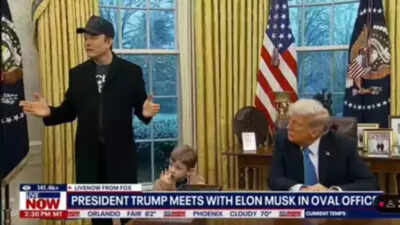U.S. Fired 80 THAAD Missiles In 12 Days To Defend Israel – And Iran’s Nukes Still Stand | World News

[ad_1]
New Delhi: Twelve days. That’s all it took for one of the world’s most advanced missile defence systems to feel the weight of war. Somewhere over Israel, in the dark sky lit up by alarms and streaks of fire, America’s THAAD batteries stood guard.
They fired. Again. Then again. By the time the smoke cleared, a fifth of America’s Terminal High Altitude Area Defense stockpile had been used. Between 60 to 80 interceptors – each worth over $12 million – launched to intercept Iranian missiles headed toward Israeli cities.
The math hurts. Close to a billion dollars, maybe more, spent in under two weeks. On defence. On protection. On silence.
Iran’s response to the attacks on its nuclear and military sites came fast and heavy. Ghadr. Emad. Kheibar Shekan. Then the Fattah. Hypersonic, deadly and hard to stop. These were not random rockets. These were long-range and high-precision messages aimed at Israel’s core.
And the United States answered, not with words, but with steel and radar. The THAADs were already in place by early 2024, quietly waiting. They did their job. But at a price.
Each missile that soared into the air carried more than a warhead, it carried weight back home. The United States only makes 50 to 60 of these a year. Losing 80 in one region means gaps elsewhere. Gaps that do not show up on cable news. Gaps that linger.
The THAAD was not designed for long wars. It was built for short, sharp strikes for moments when there is no room for failure. North Korea. Iran. Rogue launches. Crisis points. That was the original plan.
But this was only a plan. This was real. And when the war ended, when U.S. President Donald Trump declared the ceasefire, THAAD’s silence returned but the stockpiles did not.
On paper, the United States and Israel held the line. Iran’s targets were hit. Its top brass shaken. Its plans rattled.
But Tehran’s system did not collapse. Its missiles kept coming. And America kept intercepting.
This was not a war the United States expected to fight so soon. But it did. With some of its most expensive arrows shot into a sky filled with cheaper fire.
[ad_2]
Source link







